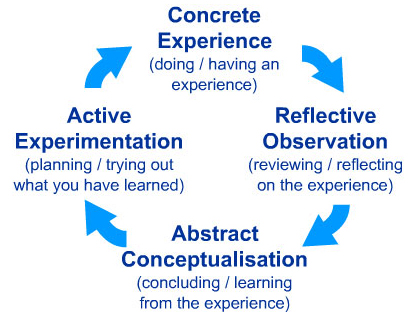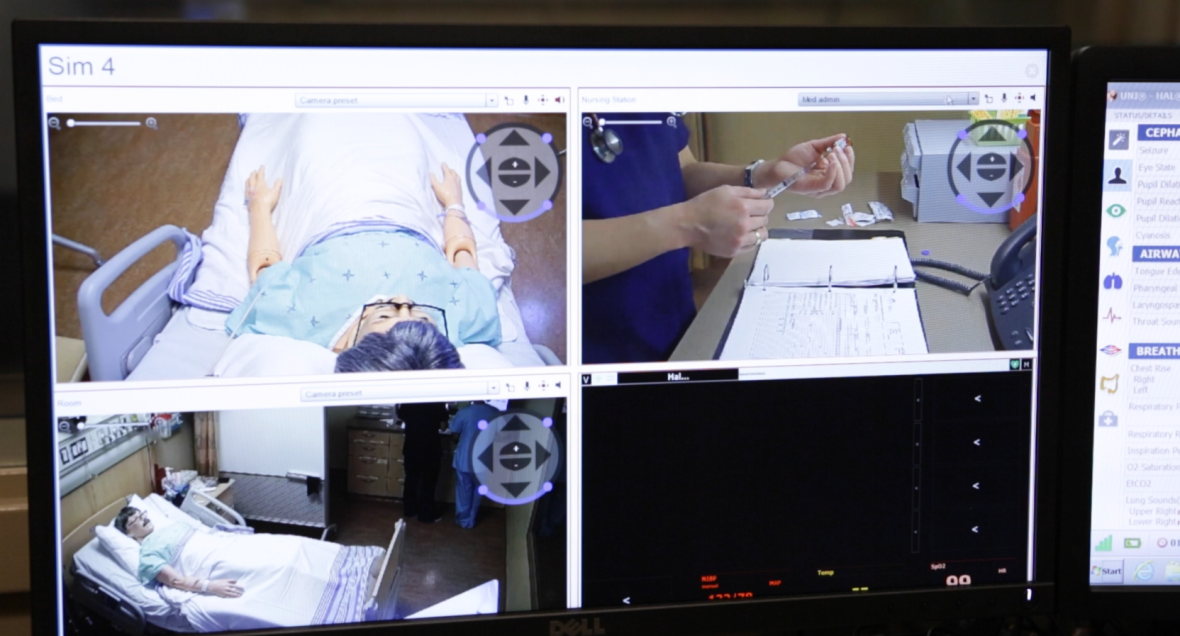Why is the use of video critical in healthcare simulation training labs?
This past week I attended the SSH/INACSL regional simulation workshop at the Jump Simulation Center in Peoria, Illinois. The purpose of the workshop was to review the guidelines of the NCSBN National Simulation Study which has concluded that up to 50% of simulation could be effectively substituted for traditional clinical experiences. During the workshop a question was asked of the participants if they are currently using video in their simulation labs. The answer was an overwhelming “yes”. In fact, one hundred percent of the participants raised their hands! Why is it that video is such a critical component of healthcare simulation?
In order to answer this question of “why”, we must begin with defining healthcare simulation, its benefits, and how it is being used to help train the next generation of healthcare professionals.
Simulation-based training has emerged as a key component of the patient safety movement for numerous reasons. It not only offers opportunities to learn new skills, engage in deliberate practice and receive focused, real-time feedback, but simulation also provides confidence, skills, knowledge, and self-efficacy with less anxiety to the learner. Often described as a “robust experience”, simulation training develops critical thinking, skill performance, subject matter knowledge and improved clinical reasoning.
Previously, medical or nursing students relied on clinical experiences in clinical settings to learn skills and gain knowledge. Many times, inadequate opportunities for hands-on experience limited students’ learning, whereas now simulation training with meaningful debrief offers a comprehensive clinical alternative.
We must reinforce what others have said, - that first and foremost simulation is a technique, not a technology. It is a theory or practice of teaching that is being integrated across the prelicensure curriculum. Learning in a simulated environment, prior to clinical patient encounters, allows the students to make mistakes, reflect on their decisions and take corrective action so that when they are in a real-life setting they have the competence and confidence to provide high quality, safe, patient care. Nursing and medical simulation delivers active and interactive learning without risk to an actual patient.
Patient simulation scenarios have proven to provide a bridge between theory and clinical practice. Working with the patient simulator, students can visualize physiological responses that may be difficult to understand through didactic classes or reading printed material.
Simulation based training also improves critical thinking and clinical decision making skills. Students have the opportunity to apply their previous knowledge and skills attained in a classroom to real world situations which require making decisions that in many cases they would have never experienced in their clinical practicum experiences.
Simulation programs across the United States are commonly based upon Kolb’s theory, which is a four-stage cycle of learning that is built on the learner’s internal cognitive processes. Kolb believed we learn from our experiences in life. First, the learner has what he defined as a concrete experience; next they review or self-reflect on their experience. The third stage of Kolb’s theory is that the learner has abstract conceptualism, which is where they think about what they have learned and find meaning in it. Lastly, the fourth stage is active experimentation where the individual tests the hypothesis they have adopted. Learning from our experiences involves the key element of reflection, and in simulation training reflection takes place when proper debriefing is performed.

Post-simulation feedback, or debriefing, is a key strategy for learning and improving performance. It is the central learning tool in simulation. Debriefing reviews the learners’ actions and the thought processes involved and observed in a patient care scenario. It encourages reflection and allows for improvement in future performance, defining opportunities for individual advancement. Educational research strongly supports debriefing as an effective mechanism for promoting adult learning and mastery of skills.
During debriefing, participants may be asked to consider key questions such as: “What went well?” “What could have been done better?” The debriefing is also a time to review key concepts and facts related to the scenario. Important points can be discussed; pathophysiology of patient symptoms and responses to interventions can be reviewed; rationale for interventions can be identified and actions, dosages, side effects, and administration of medication can be reviewed.
Video, understandably, enhances participants’ ability to observe, critique and reflect on the simulated scenario because video provides participants with accurate, factual feedback. As a result, video has been proven to be a critical tool in the debrief process which is the central component to healthcare simulation. Thus we can summarize that it is the importance of “debrief” in the educational process and the effectiveness of video in debrief that makes video observation and recording an essential component in today’s healthcare simulation lab.







